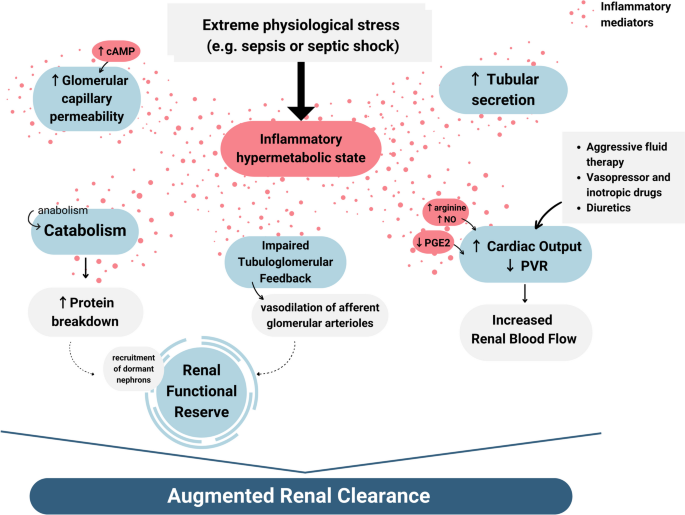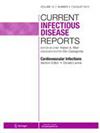脓毒症患者增强肾清除率有什么新进展?
IF 3.1
4区 医学
Q2 INFECTIOUS DISEASES
引用次数: 0
摘要
摘要:本文综述了近5年来危重症患者的相关科学文献,讨论了增强肾清除率(ARC)在脓毒症治疗中的概念、病理生理学、鉴定、流行病学和意义等关键问题。在重症监护病房评估肾功能时,肾功能的数学估计显示准确性较低,危及抗微生物药物的正确剂量。在世界上几个遥远的地理区域对危重患者中ARC的描述表明,这种情况比预期的更为频繁。最近报道了几个新的危险因素,需要进一步确认。病理生理学在很大程度上仍然未知;然而,完整的肾脏生理、炎症介质和肾小管分泌似乎发挥了作用。一些研究已经证明了ARC与几种β-内酰胺、万古霉素和氟康唑的亚治疗水平之间的关联。最近,有人建议调整ARC患者的给药方案,即增加每日总剂量或延长各种抗菌素的输注时间。文献很少描述ARC对抗生素患者临床结局的影响,结果也相互矛盾。越来越多的证据支持,强烈建议基于时间定义的尿量测量肌酐清除率,以确定ARC,并可靠地评估其患病率和危险因素。临床医生应该警惕在出现ARC的脓毒症患者中使用超说明书剂量的抗菌剂的必要性。仍然需要根据临床数据对抗生素剂量方案提出简明的建议。本文章由计算机程序翻译,如有差异,请以英文原文为准。

What is New in Augmented Renal Clearance in Septic Patients?
Abstract Purpose of Review In this narrative review encompassing relevant scientific publications regarding critically ill patients in the last 5 years, we discuss key questions regarding the concept, pathophysiology, identification, epidemiology, and implications of augmented renal clearance (ARC) in the treatment of sepsis. Recent Findings Mathematical estimates of renal function show low accuracy when evaluating renal function in the intensive care unit, jeopardizing the correct dosing of antimicrobials. The description of ARC in critically ill patients in several, distant geographical areas worldwide reveals that this condition is more frequent than anticipated. Several new risk factors have been recently reported, needing future confirmation. Pathophysiology is still largely unknown; however, intact kidney physiology, inflammatory mediators, and tubular secretion seem to play a role. Several studies have demonstrated the association between ARC and subtherapeutic levels of several β-lactams, vancomycin, and fluconazole. Lately, there have been recommendations of dosage regimen adjustments for patients with ARC, namely, through increases in total daily dose or prolonged infusion for various antimicrobials. Literature is scarce describing the influence of ARC on clinical outcomes of patients receiving antibiotics, and results are contradictory. Summary Growing body of evidence supports that measured creatinine clearance based on time-defined urine output is strongly recommended for the identification of ARC and for reliable evaluation of its prevalence and risk factors. Clinicians should be alert for the need to use off-label dosing of antimicrobials in septic patients showing ARC. Concise recommendations for antibiotic dosage regimens, based on clinical data, are still needed.
求助全文
通过发布文献求助,成功后即可免费获取论文全文。
去求助
来源期刊

Current Infectious Disease Reports
INFECTIOUS DISEASES-
CiteScore
6.70
自引率
0.00%
发文量
19
期刊介绍:
This journal intends to provide clear, insightful, balanced contributions by international experts that review the most important, recently published clinical findings related to the diagnosis, treatment, management, and prevention of infectious disease.
We accomplish this aim by appointing international authorities to serve as Section Editors in key subject areas, such as HIV/AIDS, sexually transmitted diseases, tropical and travel medicine, and urinary tract infections. Section Editors, in turn, select topics for which leading experts contribute comprehensive review articles that emphasize new developments and recently published papers of major importance, highlighted by annotated reference lists.
 求助内容:
求助内容: 应助结果提醒方式:
应助结果提醒方式:


